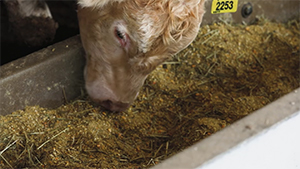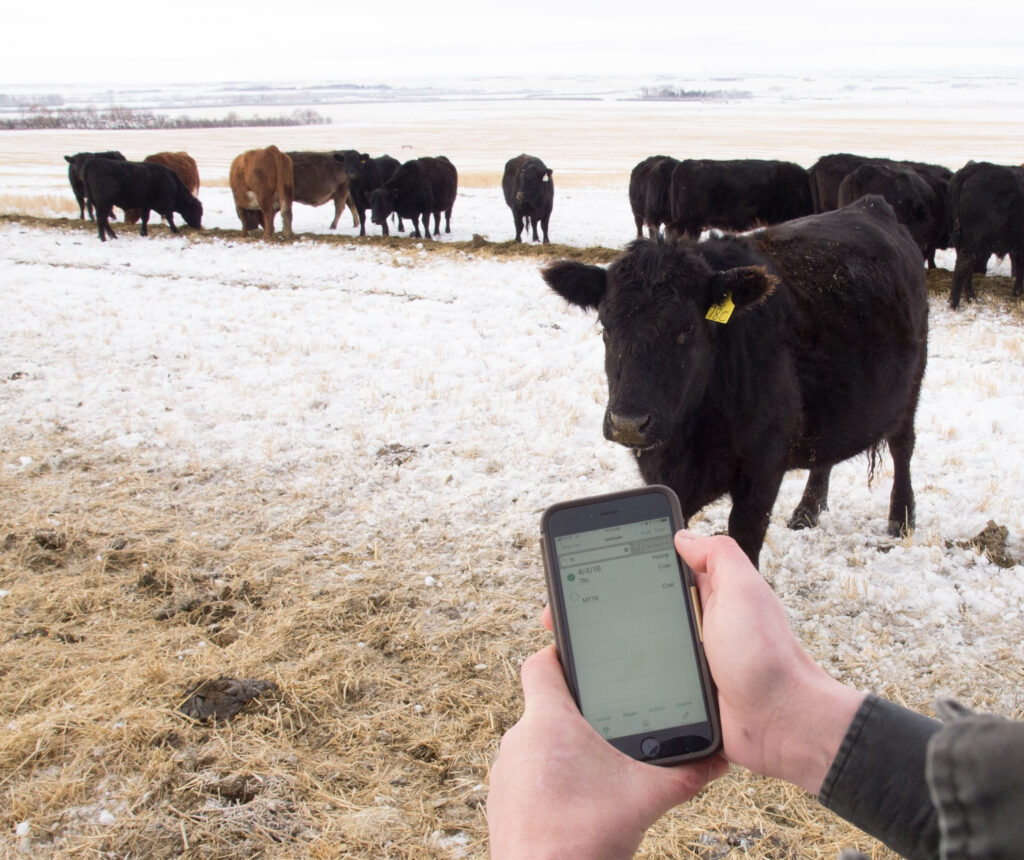The Results Are In on Beef-Related Research Projects
The Beef Cattle Research Council (BCRC) funds a variety of research projects on animal health and welfare, environmental sustainability, forage and grasslands, feed efficiency, food safety, beef quality and more. This post is part of an ongoing series highlighting recent research results. Find the BCRC’s entire catalog of research summaries under “For Producers” in the navigation.
Is it possible to grow and feed high-moisture corn products in Western Canada?
There were several challenges associated with feeding high-moisture corn residues throughout this project, but producers in Western Canada could consider high-moisture corn products (either snaplage or high-moisture corn) as energy sources for finishing cattle. High-moisture corn may improve hot carcass weight and dressing percentage and reduce liver abscesses compared to dry-rolled barley grain.
Do annual forage mixtures have the potential to provide a high-yielding feed source while improving soil health?
The benefits of using annual forage mixtures depend on region and weather. Poor establishment is a challenge in drought-prone areas. However, diverse annual mixtures improved soil regardless of whether they were grazed or not.
Can telemedicine improve the quality and accuracy of necropsies?
Necropsies conducted by veterinarians while on a video call with a trained pathologist had a 46% higher chance of reaching a diagnosis than unassisted video necropsies. Having this service available to veterinarians would strengthen disease surveillance, support the Vet-Client-Patient-Relationship (VCPR) and allow producers to make more informed and cost-effective choices regarding herd health and welfare.
Can we design antimicrobial peptides (AMPs) as an antimicrobial alternative for treating BRD?
Designing antimicrobial peptides (AMPs) that target specific pathogens is challenging. This team was able to modify AMPs that targeted M. haemolytica more effectively than naturally occurring AMPs (e.g., host-defense peptides). The mode of action of designed AMPs still needs to be better understood so that their potency can be improved and cytotoxicity reduced before they can be commercialized.
Can we prevent biofilms on meat processing equipment?
The cell-free culture supernatant (CFS) from bacteria found at the meat packing plant alongside STEC and Salmonella have the potential to effectively inhibit biofilm formation with Aeromonas cell free extract showed the highest anti-biofilm activity.
Can we identify ways to enhance overall calf immunity?
Injection with Mycobacterium-derived products has the potential to alter the intestinal immune system in young calves. This response can be adapted to respond to a broad-spectrum of pathogens. However, more studies should be conducted to determine if these responses actually increase protection and immunity against the disease the cells are being trained to defend against.
Is it possible to develop a remote grading system in Canadian processing facilities?
Imaging technology has potential to augment on-site inspection, but more development, refinement and validation is necessary before potential regulatory change could be considered.
Sharing or reprinting BCRC posts is welcome and encouraged. Please credit the Beef Cattle Research Council, provide the website address, www.BeefResearch.ca, and let us know you have chosen to share the article by emailing us at info@beefresearch.ca.
Your questions, comments and suggestions are welcome. Contact us directly or spark a public discussion by posting your thoughts below.






